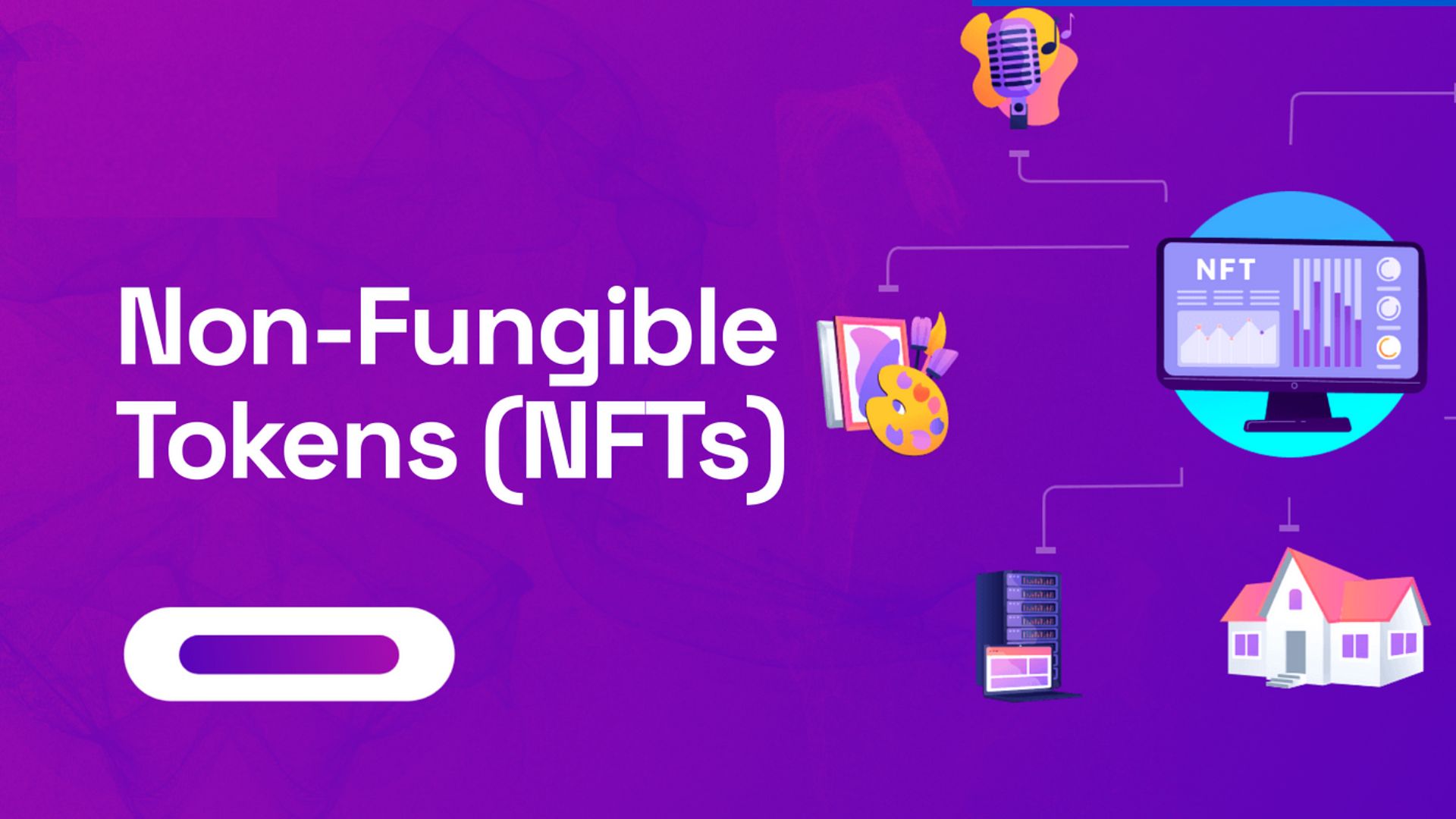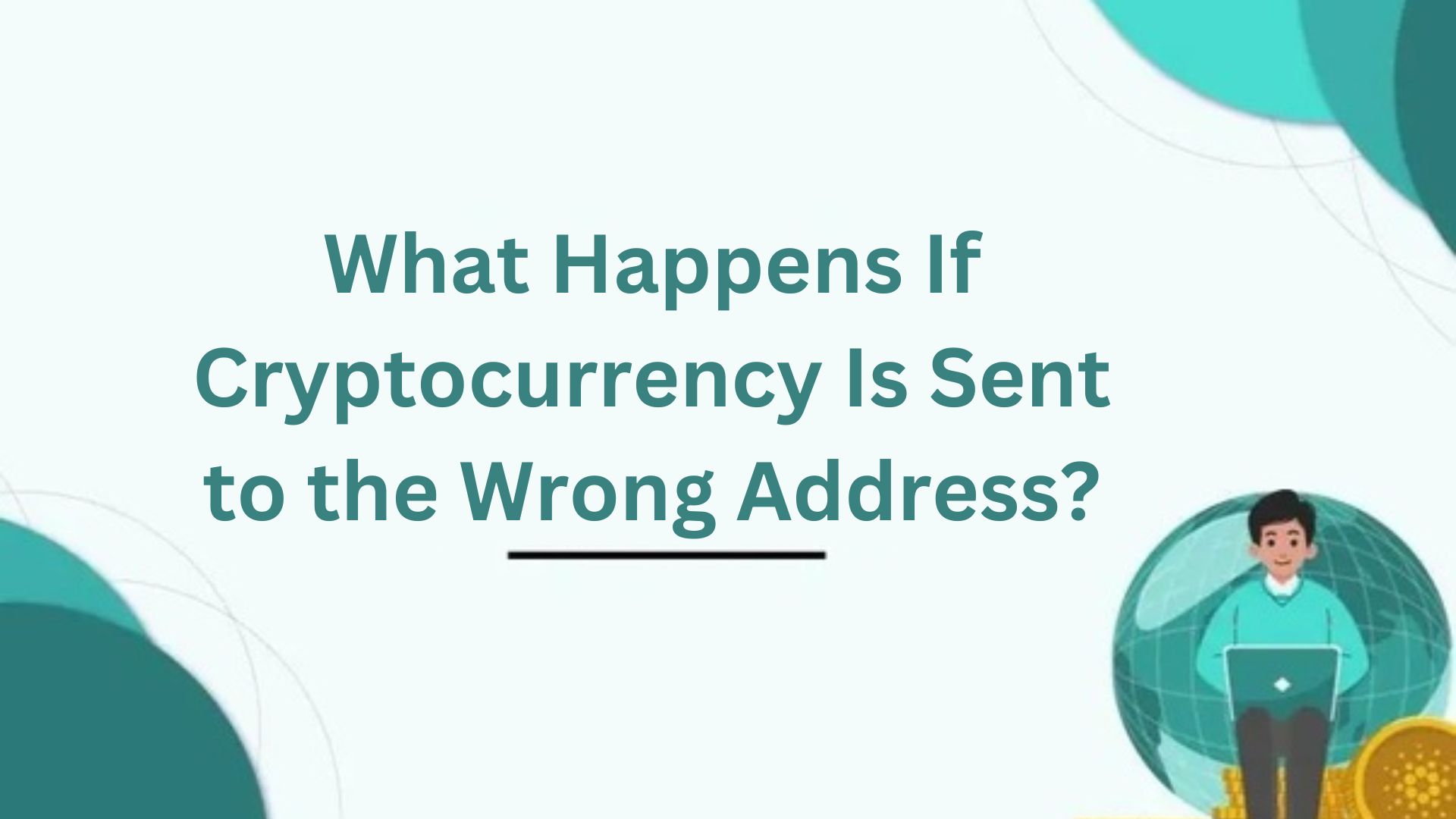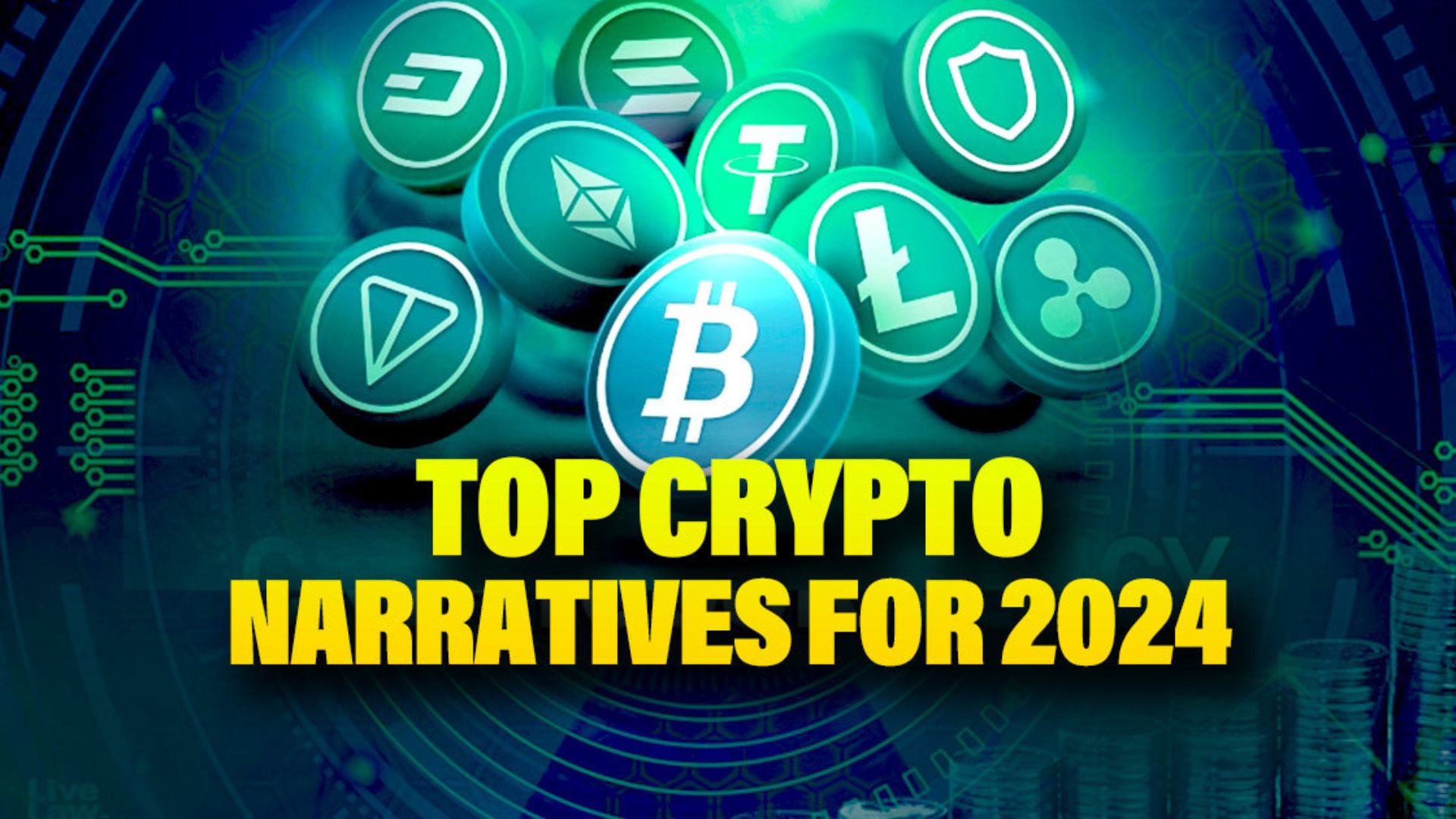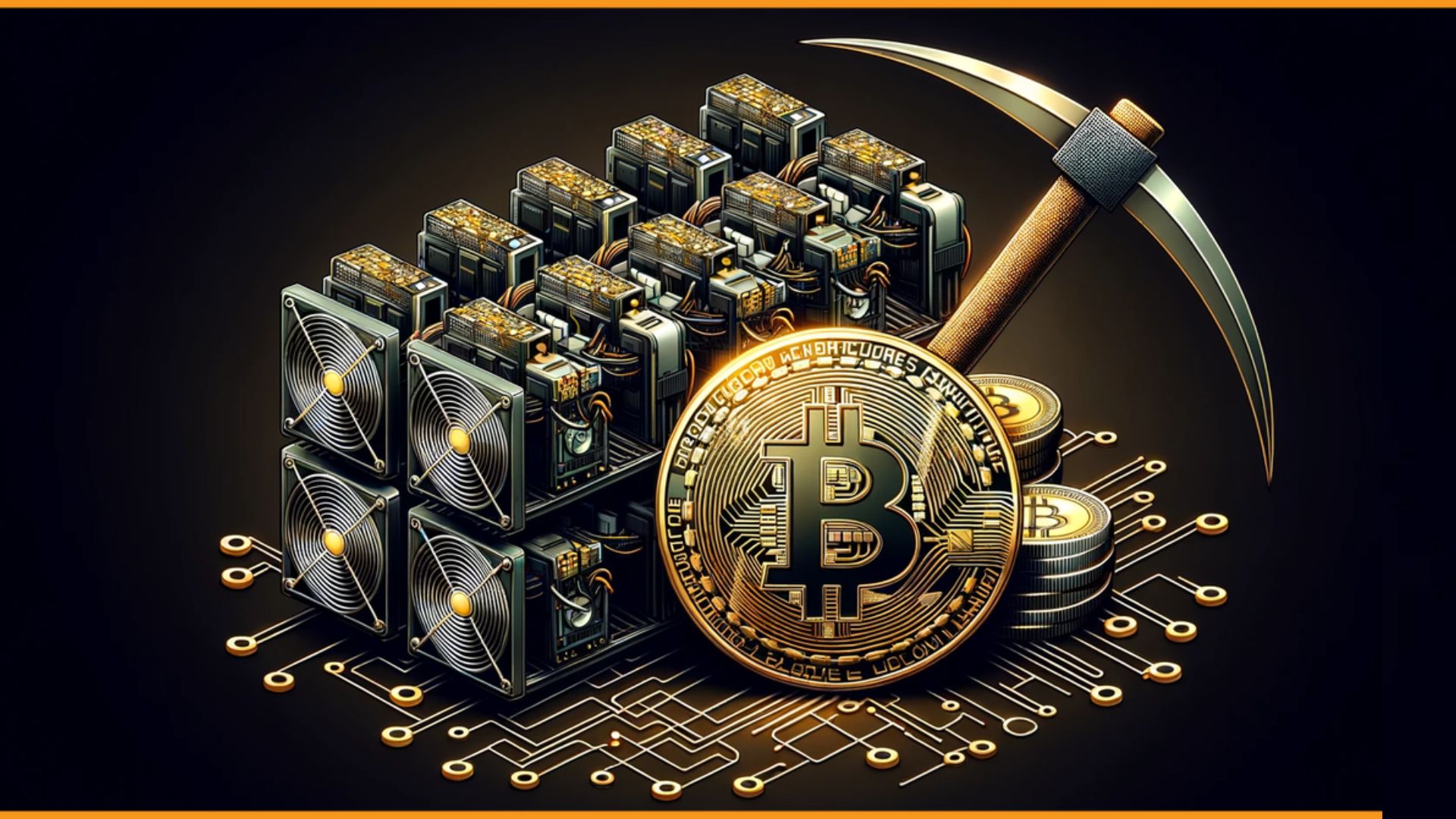What are Non-fungible-tokens(NFTs)? The Comprehensive Guide 2024

What are Non-fungible-tokens(NFTs)? The Comprehensive Guide 2024. The cryptocurrency community’s ability to innovate is only equaled by its effect in establishing new trends, as seen with the growth of NFTs. But what does NFT stand for? Nonfungible tokens (NFTs) are blockchain-verified digital objects with unique and non-interchangeable properties. They can fall into almost any category, although they are most commonly seen in the form of art, music, and objects in blockchain-based video games and videos.
NFTs have taken the art world by storm, with digital tokens selling for tens of millions of dollars at major auction houses and beyond. Budding artists who used to upload their work for free or sell it cheaply are now understanding that they can capitalize on their talent by utilizing blockchain technology and NFTs. Nonfungible tokens gained popularity in 2017 with the release of CryptoKitties, a decentralized platform that allows users to purchase, sell, and collect virtual cats.
NFT Meaning and Definition
NFT stands for ‘non-fungible token’. Non-fungible refers to something that is unique and cannot be replaced. Physical money and cryptocurrencies are fungible, allowing for trade and exchange. Every NFT has a unique digital signature. NFTs are digital assets that can include images, movies, audio files, and other digital formats. NFT examples include artwork, comic books, sports memorabilia, trading cards, and games.
NFTs vs Crypto and Fiat Currencies
NFTs’ value is based on their nonfungible nature, which distinguishes them from cryptocurrencies. Cryptocurrencies and NFTs are not the same thing. Each NFT has a distinct set of qualities, such as size, scarcity, creator, and so on, and hence cannot be exchanged for another asset. On the contrary, Bitcoin BTC $51,736 is a fungible asset. If you are fortunate enough to acquire one Bitcoin and trade it for another, nothing changes. You still have the same amount of Bitcoin to spend or save, or “hodl,” on.
The same is true for fiat currencies like the US dollar and euro, as well as other fungible assets. A single dollar or euro note is interchangeable with any other dollar or euro note, independent of attributes such as serial number or whether the note is in your pocket or a bank. Where things become murky is when you have a coin that is regarded as a collector’s piece, in which case it qualifies as a nonfungible item.
Another real-world example is baseball cards, which are more closely connected to nonfungible tokens because one card is not the same as another. In addition, Major League Baseball (MLB), the National Basketball Association (NBA), and other sporting organizations, individual teams, and athletes understand the concept of nonfungible tokens.
How Do NFTs Work?

Non-fungible tokens, or NTFs, are cryptographic assets stored on a blockchain, which is a distributed public ledger that records transactions. Each NFT has a unique identifying code that distinguishes them from one another. This data enables it to transfer tokens between owners and confirm ownership.
NFTs have a market-determined value based on supply and demand, and they can be purchased and sold in the same manner that physical assets can. NFTs are digital representations of assets, which can also include real-world goods like artwork and real estate. Some users believe that tokenizing real-world tangible items in this way will make purchasing, selling, and trading them more efficient while also potentially reducing the probability of fraud.
What Makes an NFT Valuable?
Scarcity increases the value of NFTs, including art and digital collectibles. But what is the correlation between monkey JPEGs and NFT scarcity? NFTs can be extremely expensive (or valuable) depending on who you ask because they managed to introduce scarcity into the global digital market, which was previously impossible. So an NFT is more than just a way to own an image rather than buy it. Acquiring NFTs entails acquiring a token that will always refer to the specific image or digital item encoded on a blockchain. However, users can inflate the price by limiting the quantity of a digital item when it is minted as an NFT.
How to Buy and Sell NFTs?
The bulk of NFT marketplaces function similarly to auction houses. You place a bid and wait to see if you’ve won the NFT of your choosing. Some sites, like eBay, include “Buy Now” options, allowing NFTs to be acquired for a predetermined price. Examples of NFT marketplaces include OpenSea.io, SuperRare, and Foundation.app, Rarible, and Mintable.
It’s worth noting that each marketplace has its own set of cryptocurrency wallet requirements. There is presently no single wallet that can be used across all websites. MetaMask is the most popular crypto wallet, although other options include Formatic, Torus, Coinbase Wallet, and Portis. There are two ways to sell NFTs: trading an NFT you’ve already acquired and selling an NFT you’ve minted. For starters, selling a non-fungible token will incur fees, just as minting an NFT will. This will pay petrol and final sale service fees as defined by the marketplace.
Previously bought NFTs, like any other asset, can be resold on the secondary market. To do so, ensure that the NFT in question is stored in your cryptocurrency wallet and advertised for sale on your preferred marketplace. While the value of your NFT may improve with time, the long-term or even short-term value of NFTs is not guaranteed.
Depending on the service, you can either set the “Buy Now” price or establish auction conditions, such as the reserve price for selling a newly minted NFT. In some cases, royalties may be due each time your NFT is sold in the future. While the value of your NFT may improve with time, the long-term or even short-term value of NFTs is not guaranteed.
What is an NFT Marketplace?

The NFT landscape is evolving, but typically, most NFT marketplaces fall into one of these three categories:
- Open marketplace – Anyone can sell, buy, or mint NFTs. Minting refers to the process of uniquely publishing your token on the blockchain to make it buyable. Open marketplaces typically mint NFTs for you, though creators can also mint their works.
- Closed marketplace –Artists must apply to join and the marketplace usually undertakes the minting processes. Selling and trading are more restricted.
- Proprietary marketplace – A marketplace that sells NFTs trademarked or copyrighted by the company operating it.
Some NFT traders create accounts and subscribe to many marketplaces to obtain notifications about new NFT drops. Discord and Twitter, as well as more specialist investing platforms like Rarity Sniper and Rarity Tools, all share information about new NFTs. When highly anticipated NFTs are published, investors typically respond rapidly.
Most marketplaces provide step-by-step guidelines to help people learn how to utilize them. Once you’ve made a marketplace account, you should link your wallet to it. Some marketplaces allow you to create a new wallet from within the website, while others utilize their proprietary wallet. Using a marketplace’s proprietary wallet may result in discounts or a reduction in the additional fees charged by using external wallets.
Examples of NFT Marketplaces
There are dozens of NFT marketplaces. Examples include:
- OpenSea: OpenSea, one of the largest NFT marketplaces, provides NFTs in a variety of categories including art, music, fashion, sports, games, and collectibles. The website also provides a variety of learning tools to users.
- NBA Top Shot: An NFT marketplace where basketball fanatics can swap their video clips. NBA Top Shot has a significant number of fans, and contests and challenges add a social element.
- Nifty Gateway: Nifty Gateway features collections by renowned multi- and mixed-media, video, fine art, and animation artists. The site is geared toward buyers who want to collect or trade art with long-term worth.
- Rarible: An Ethereum-based platform that allows for the creation, sale, and purchase of ownership rights to digital works of art using NFTs.
Future Outlook
Over a single year, the NFT market has grown dramatically. In 2020, the most prominent NFT platforms were not yet available. However, the beginning of 2021 saw an incredible spike in activity and transaction volume. Even if this tendency slows, the overall rate of adoption of NFTs (such as crypto art) is expected to be unprecedented in the coming years.
While nonfungible tokens can be difficult to evaluate, factors like as originality, tradeability, talent, and whether the sale is by the original artist all influence the price. The next wave of the NFT market might see the tokens enter yet another craze that has taken the cryptocurrency market by storm.





